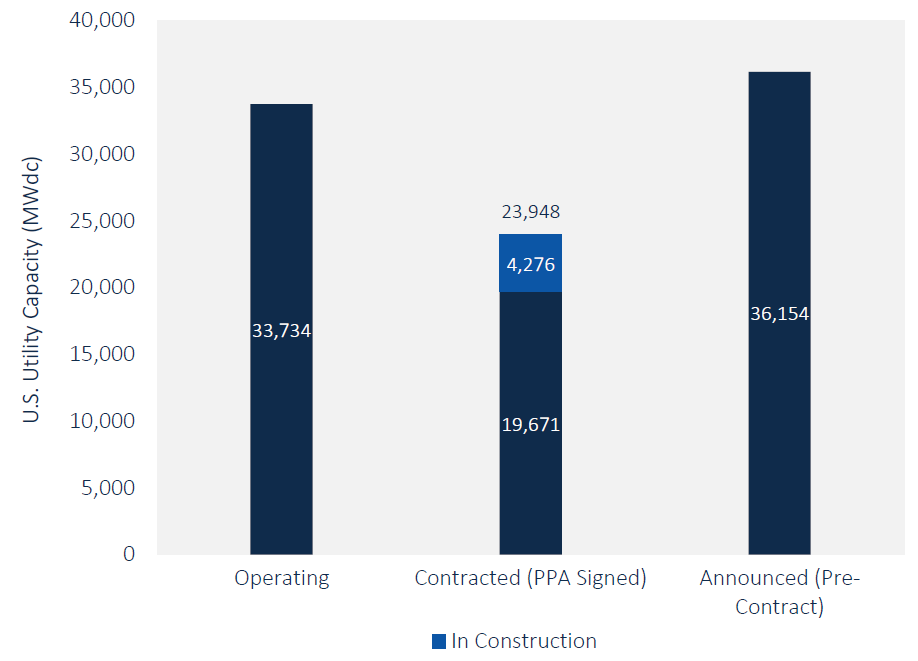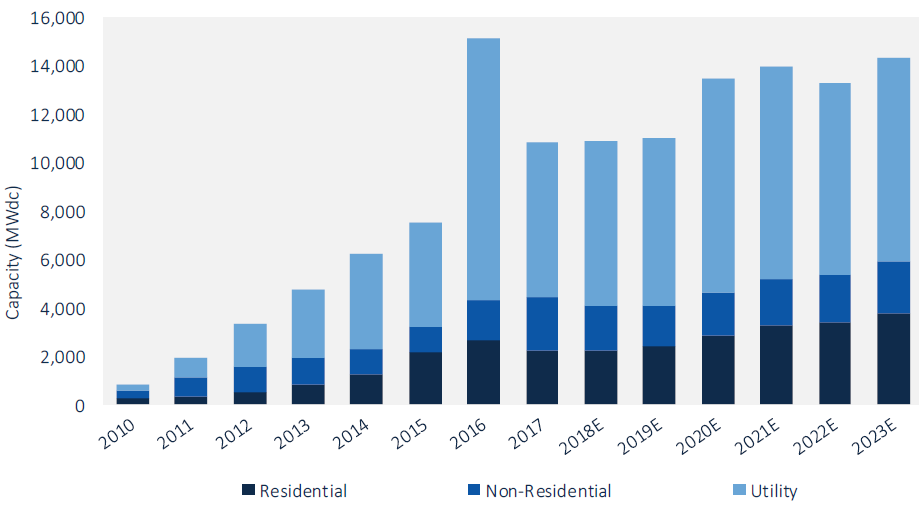Utility Solar Procurement Booms as Residential Market Stabilizes in Q2 2018
|
BOSTON, Mass. and WASHINGTON, D.C. - The U.S. solar market has experienced a tumultuous few quarters since the government last year began considering tariffs on imported solar modules and cells, but data for the second quarter of 2018 show signs of a turnaround in the market.
### |
|
About U.S. Solar Market Insight: |
Comments (0)
This post does not have any comments. Be the first to leave a comment below.
Featured Product



